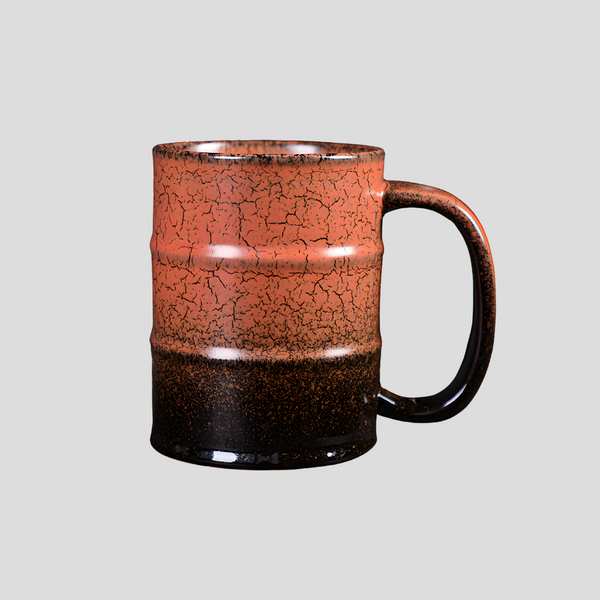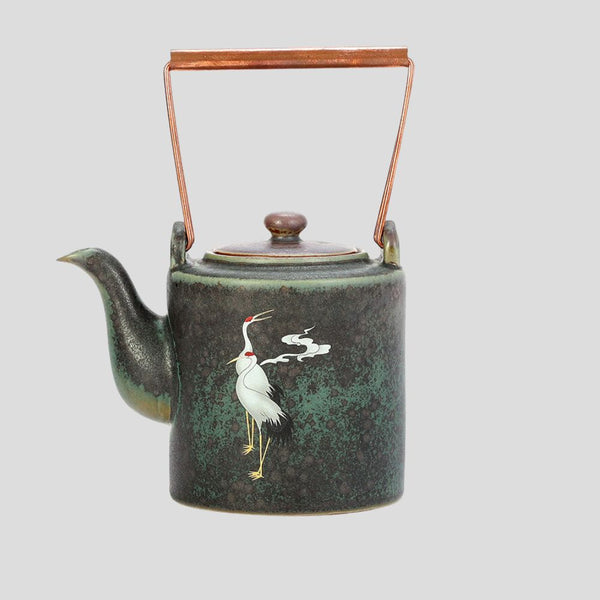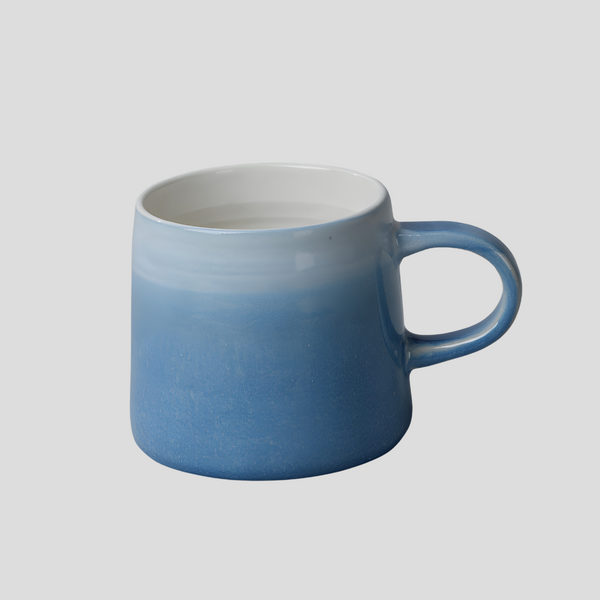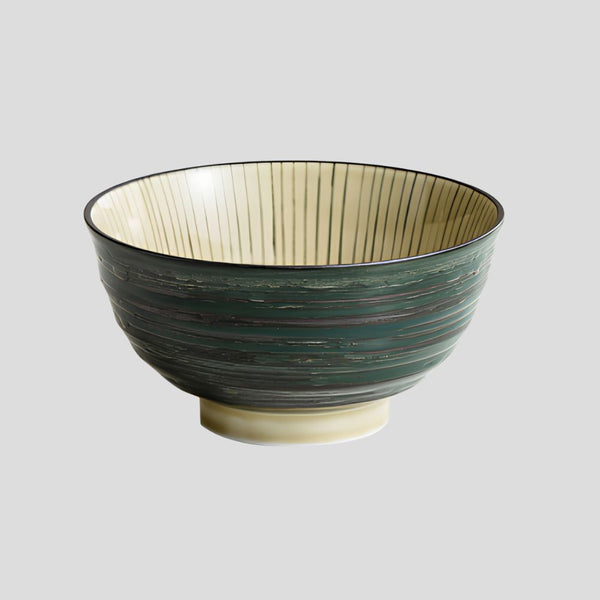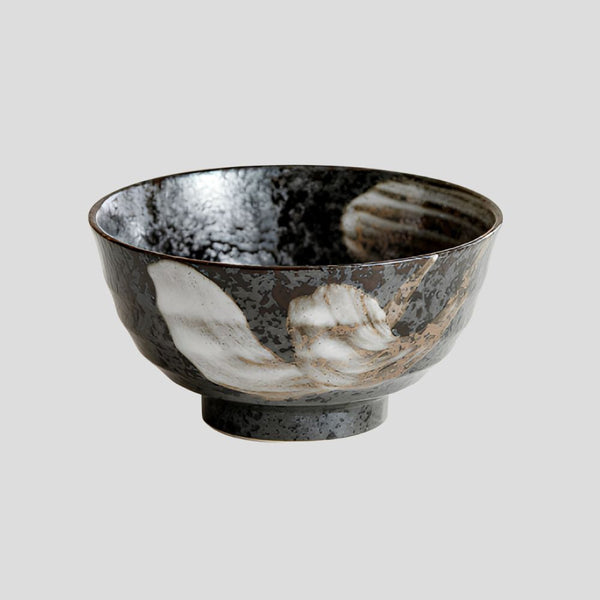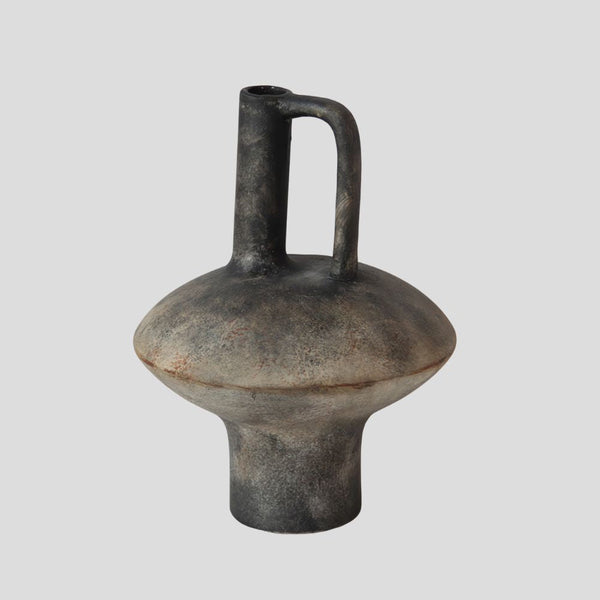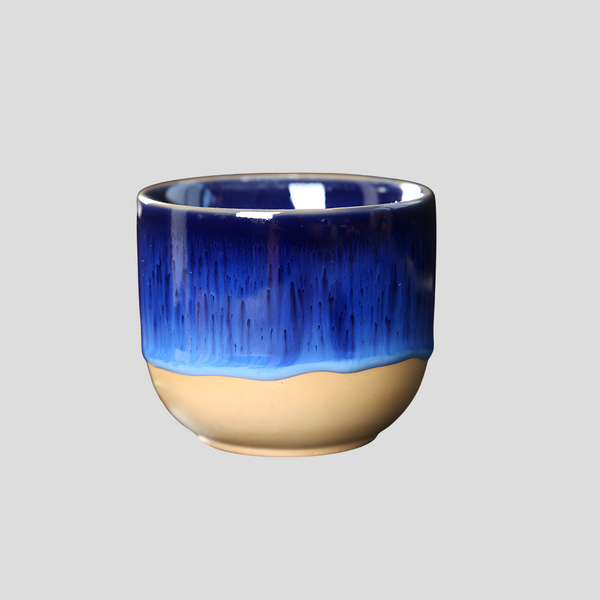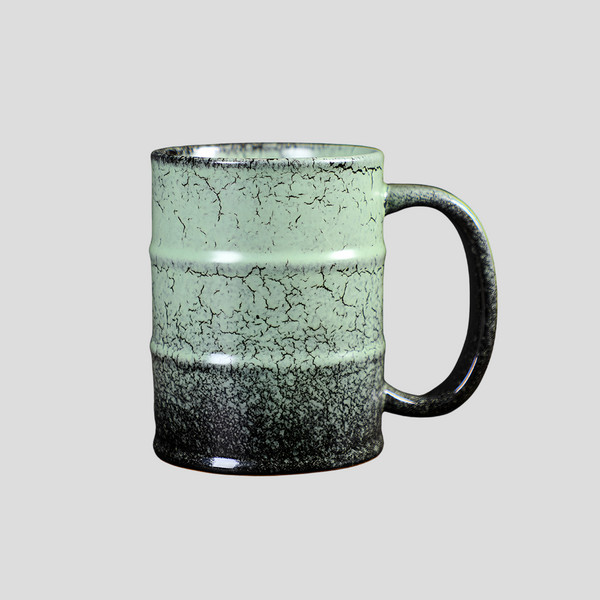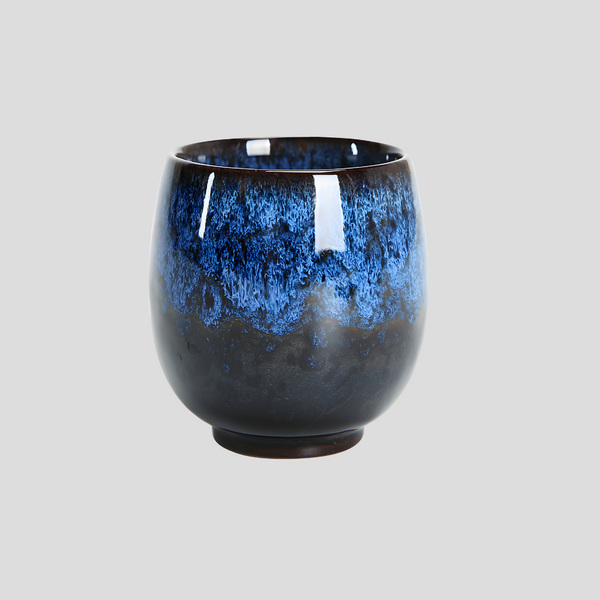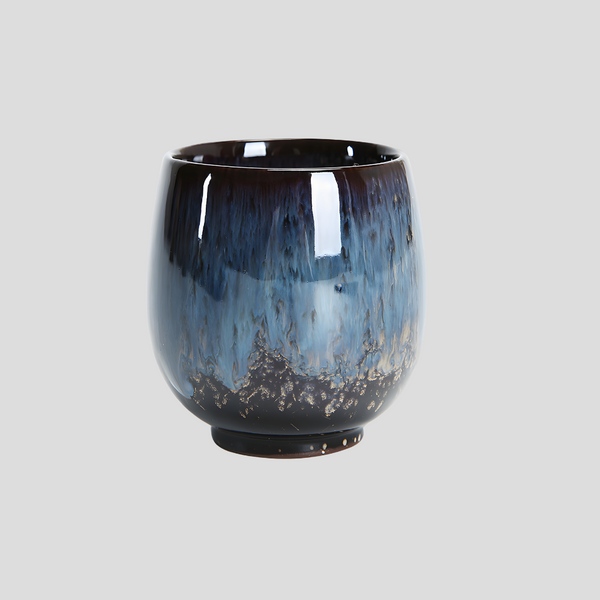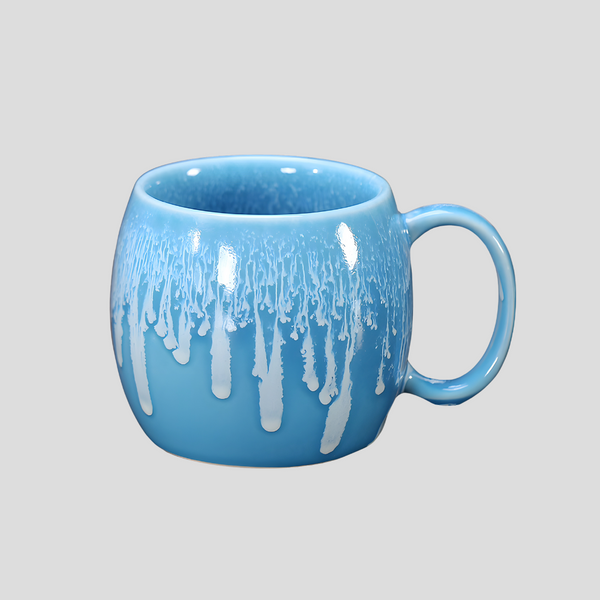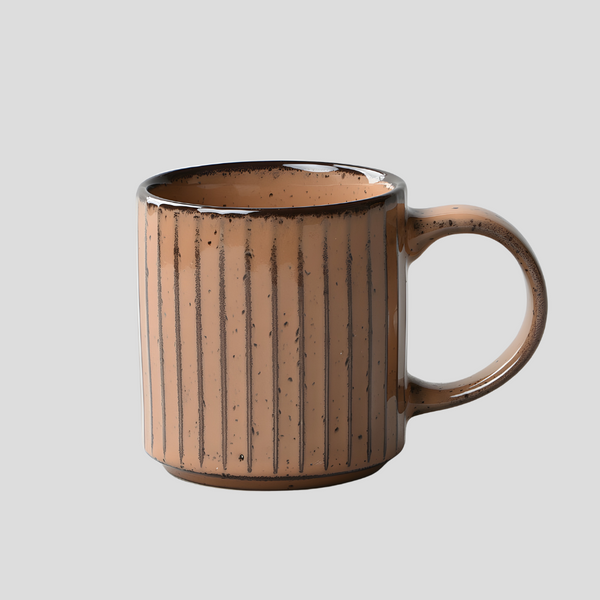
Understanding Stoneware Clay Composition
Understanding Stoneware Clay Composition
Stoneware clay holds a significant place in both historical and contemporary pottery and ceramics. Known for its durability and versatile applications, stoneware has been a preferred material for potters and artisans for centuries. Understanding its composition is key to appreciating its qualities and the myriad of ways it can be used. This article unfolds the complex nature of stoneware clay, its components, and why it continues to be a favored choice in ceramics.
What is Stoneware Clay?
Stoneware clay is a type of clay that is known for its robustness and ability to withstand high temperatures. It is primarily distinguished by its firing temperature, typically between 2150°F to 2330°F (1177°C to 1280°C), which is higher than that of earthenware but lower than porcelain. This high firing temperature vitrifies the clay, making the resulting ceramic body non-porous and extremely durable. The nature of stoneware clay can vary widely in color and texture, ranging from smooth and white to coarse and brown, depending on its specific mineral composition and the firing techniques used.
Composition of Stoneware Clay
The basic composition of stoneware clay involves a mixture of clay minerals, quartz, and feldspar. However, what sets stoneware apart from other types of clay are the proportions and types of these components.
Clay Minerals: The clay minerals in stoneware are typically of the kaolinite group but can also include other mineral types such as illite and montmorillonite. These minerals provide the plasticity required for shaping and molding the clay.
Quartz: Quartz particles are present in stoneware clay to add strength. They act as a filler material, which helps the clay body to maintain its shape during firing and increases its durability.
Feldspar: Feldspar acts as a flux in stoneware clay, lowering the melting point of the mix and aiding in the vitrification process. This mineral melts during firing to form a glassy matrix that binds the clay particles together, resulting in a dense, impermeable ceramic.
Properties and Benefits of Stoneware Clay
One of the key properties of stoneware clay is its durability. The high firing temperature and the vitrification process make stoneware resistant to water, chemicals, and mechanical stress. This resilience makes stoneware ideal for creating items that are not only artistic but also functional, such as dinnerware, vases, and plant pots.
Stoneware's versatility in terms of texture and color also allows for a wide range of artistic expression. Depending on the specific composition and firing conditions, stoneware can exhibit a variety of finishes, from a smooth, refined surface to a rough, rustic appearance.
Furthermore, stoneware is considered to be safer for culinary use as it does not contain harmful chemicals that might leach into food, making it a preferred material for kitchenware and tableware.
Conclusion
Understanding the composition of stoneware clay unravels the reasons behind its enduring popularity in pottery and ceramics. Its unique blend of clay minerals, quartz, and feldspar, subjected to high firing temperatures, produces a ceramic that is not only strong and durable but also versatile in its aesthetic potential. For artists and craftsmen, stoneware remains a material of choice, offering a broad canvas for creativity while ensuring the utility of the final product. As we continue to explore and innovate within the realm of ceramics, the foundational knowledge of materials like stoneware clay serves as a critical guide in the pursuit of both functional and artistic excellence.
Click this link to check out our ceramic artwork!
